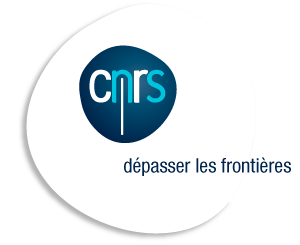Objective: Understanding the dynamic processes of ridge systems and the complex interaction of the various components of these systems requires sustained time-series observations using a multidisciplinary suite of tools. The development of a seafloor observatory at a designated mid-ocean ridge site where infrastructure can support the installation, maintenance, and data telemetry for a broad spectrum of seafloor instruments led to the concept of MoMAR, or Monitoring the Mid-Atlantic Ridge.
Themes:
What are the interdependencies between the various components of the geological, chemical and biological systems of an active hydrothermal site?
What is the evolution and temporal variability of a seafloor hydrothermal system?
How do ridge crest hydrothermal systems impact the environment of the ridge?
How are the heat and mass originating from hydrothermal discharge dispersed into the ocean?
How can a deep-sea observatory be best used to conduct controlled experiments outside of the laboratory?
Chairs (2009) - Javier Escartin (IPGP) & Ana Colaço (Azores)
Group Members (2009) - Doug Connelly (UK); Emilie Hooft (USA); Anna-Louise Reysenbach (USA); Ricardo Santos (Azores)
First Chinese OBS experiment at Southwest Indian Ridge
An active source, 3-D seismic (refraction/wide angle reflection) experiment was completed at the ultra-slow spreading Southwest Indian Ridge during the 6th leg of the CHINA RIDGE cruise (DY115-21) on board R/V Dayang Yihao
2009 Final report of Monitoring and Observatories
2009 Final report of Monitoring and Observatories
Chairs - Javier Escartin (France) & Ana Colaço (Portugal)
2008 Update
Monitoring and Observatories
Working Group Update 2008
Chairs - J. Escartin (IPGP, France) & R. Santos (Univ. Azores, Portugal)
Revised mandate for the WG
Our WG started in 2001 as part of the Event Detection and Response and Observatories WG, and the combined WG was renamed the Monitoring and Observatories WG in 2002. The original mandate for our WG was “to encourage multidisciplinary studies at the Mid-Atlantic Ridge, with the ultimate goal of developing observatory-type efforts on the Azores area, encompassing the Lucky Strike, Menez Gwen and Rainbow hydrothermal vents, to characterize this portion of the ridge and understand the integration of tectonic, volcanic, biological and hydrothermal systems in space and time.”
Monitoring the Mid Atlantic Ridge - MoMAR
MOMAR brings together researchers from the international scientific community to plan a long-term monitoring program on the Mid-Atlantic Ridge in a region south of the Azores. With an emphasis on real-time data retrieval, MOMAR plans to combine long-term monitoring of geological, physico-chemical, and biological activity at hydrothermal vents with broader-scale monitoring of tectonic, volcanic and hydrothermal processes at the ridge axis.




